Scandinavian Minimal Interiors: Chic & Timeless Style
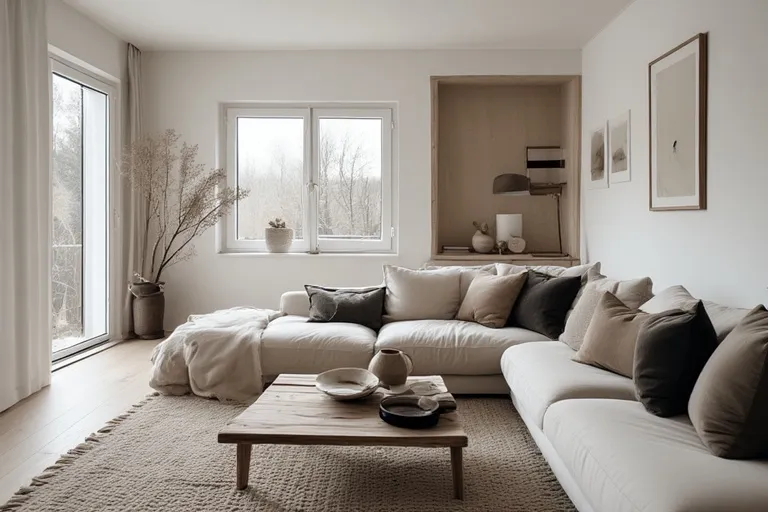
Scandinavian minimal interiors are celebrated for their simplicity, functionality, and timeless beauty. This design style emphasizes clean lines, natural materials, and calming color palettes to create spaces filled with light, balance, and purpose. Rooted in Nordic traditions, Scandinavian minimalism promotes the “less is more” philosophy, encouraging mindful living and a stronger connection between the home and its inhabitants.
The Essence of Scandinavian Design
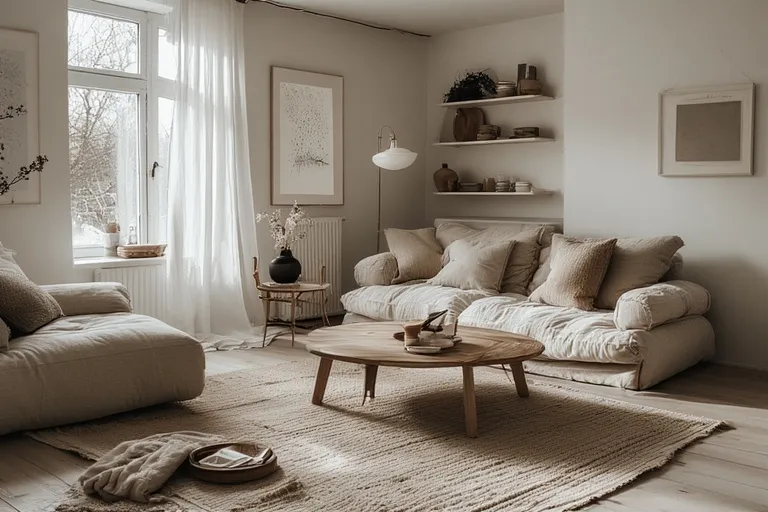
Scandinavian interior design first emerged in the early 20th century, inspired by the Nordic countries’ natural environment and cultural values. With long, dark winters and short bursts of daylight, Scandinavian homes were designed to feel bright, warm, and welcoming throughout the year. This approach focuses on simplicity, functionality, and comfort, turning ordinary spaces into serene sanctuaries. You have to see Cozy Reading Nook Design
The philosophy behind Scandinavian interiors is more than visual appeal—it’s a lifestyle choice. Every design decision is made with purpose, ensuring harmony between beauty and practicality. Neutral colors, wooden textures, and soft textiles play a crucial role in making spaces feel both grounded and inviting.
Key Principles of Scandinavian Minimalism
1. Light and Space
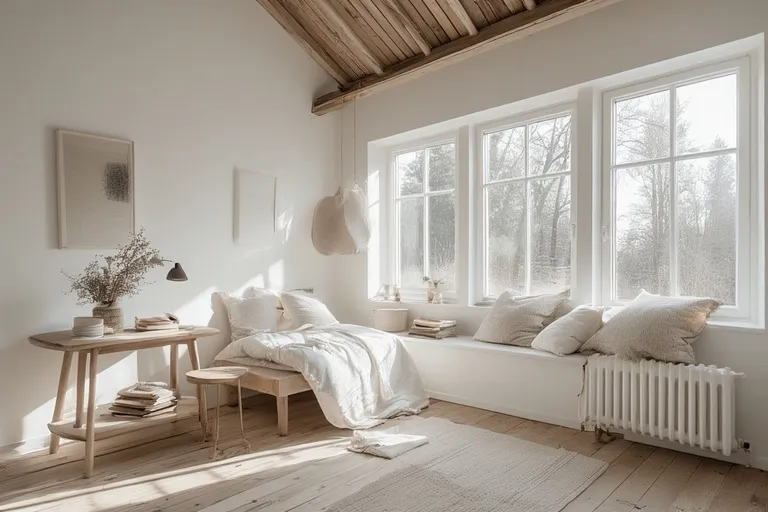
Light is the heart of Scandinavian design. Rooms are kept open and airy, allowing natural light to flow freely. Large windows, white walls, and reflective surfaces enhance brightness and make even small areas feel spacious. Minimal window coverings, such as sheer curtains or blinds, are often used to maintain a clean and open aesthetic.
2. Functionality Above All
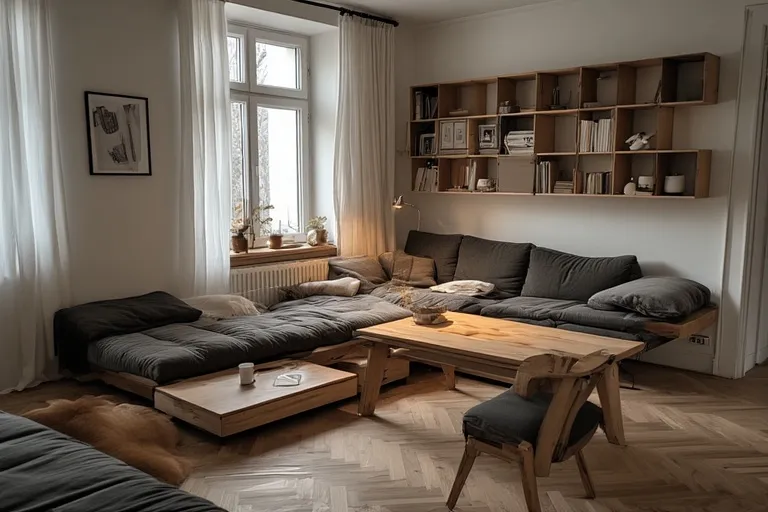
Every item in a Scandinavian home serves a purpose. Furniture is designed to be practical yet beautiful, blending form and function seamlessly. Multi-purpose furniture—like storage benches, foldable tables, or modular shelving—is common, especially in smaller urban apartments.
3. Natural Materials and Textures
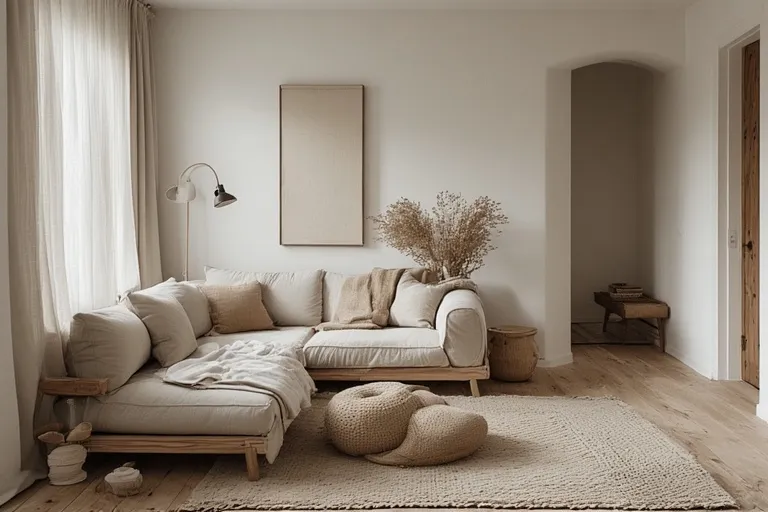
Wood is a defining feature of Scandinavian interiors. Light-toned woods such as pine, birch, and ash bring warmth and a sense of nature indoors. These are often complemented by natural fibers like wool, linen, and cotton, which add softness and texture to an otherwise minimalist space. The result is a home that feels both organic and sophisticated.
4. Neutral Color Palette
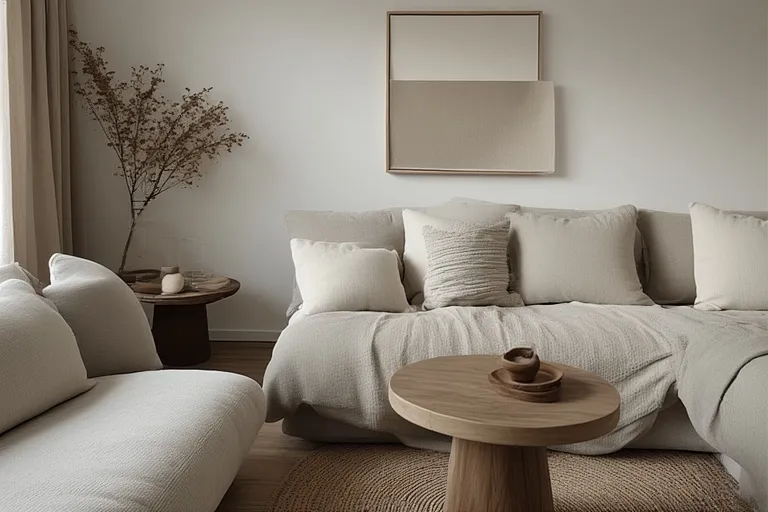
Scandinavian minimalism thrives on neutral shades like white, beige, gray, and soft pastels. These hues reflect light beautifully and serve as the perfect backdrop for natural textures and occasional accent colors. Soft blues or muted greens may be added sparingly to create visual interest without overpowering the calm ambiance.
5. Minimal Clutter, Maximum Purpose
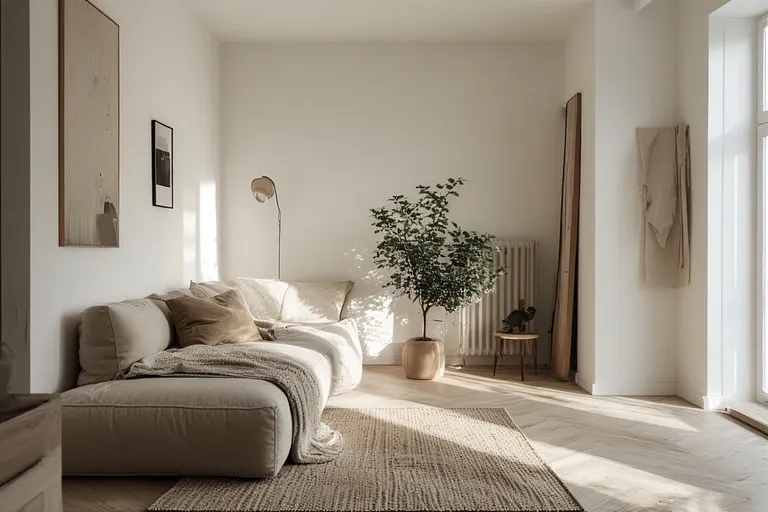
Decluttering is essential in Scandinavian design. Spaces are intentionally left open, with only a few carefully chosen decor pieces. This helps maintain a sense of calm and clarity, allowing the mind to rest and the room to “breathe.” The concept of lagom—a Swedish word meaning “just the right amount”—perfectly captures this balance.
Incorporating Scandinavian Minimal Interiors Into Your Home
Start With the Basics
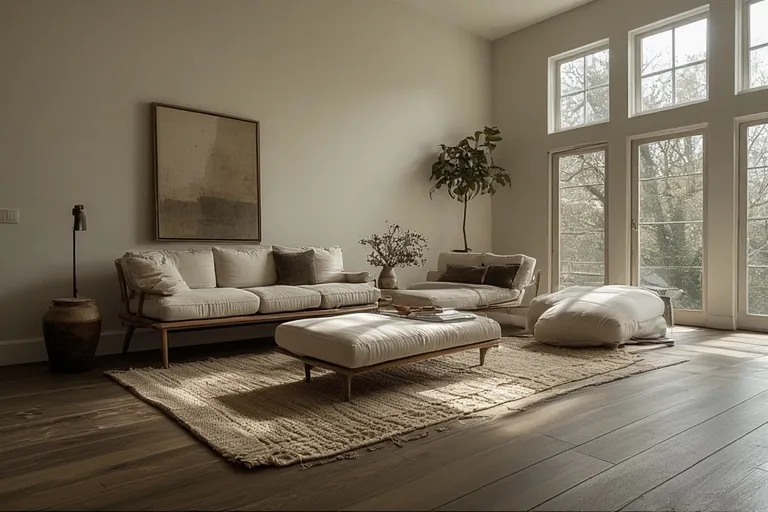
To achieve this look, begin by decluttering and simplifying your space. Keep only the items that are functional or meaningful. Replace bulky furniture with streamlined designs that emphasize lightness and openness. Opt for neutral paint tones and let natural light be your main decorative element.
Choose Quality Over Quantity
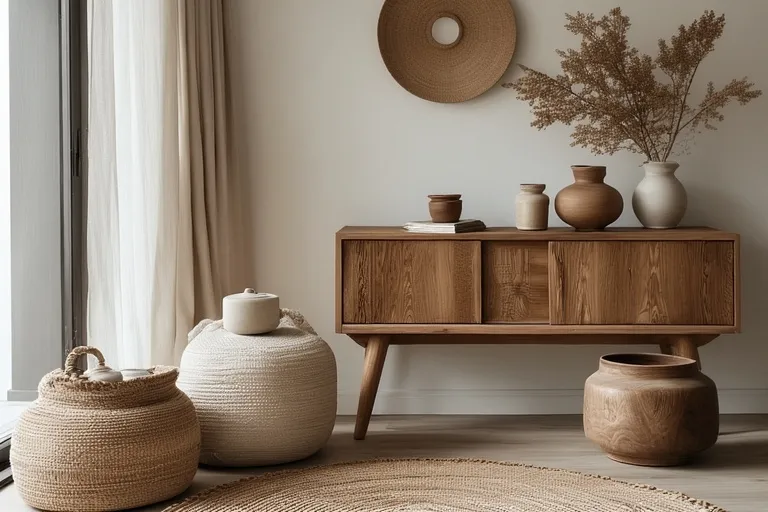
Scandinavian minimalism values craftsmanship. Instead of filling your home with trendy items, invest in timeless pieces that are built to last. Solid wood furniture, handmade ceramics, or woven rugs can add authenticity and character to your interiors.
Add Warmth Through Textures
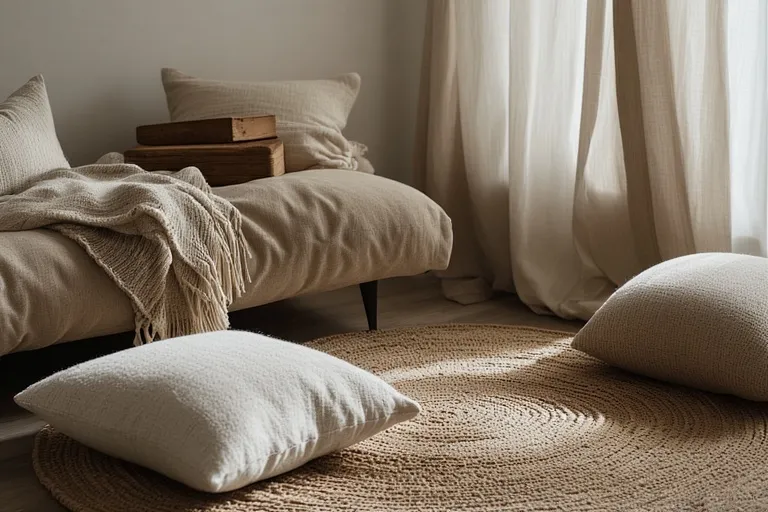
Minimalism doesn’t have to feel cold. Layering different textures—such as wool throws, knitted cushions, and linen curtains—can create a cozy yet clean look. Mixing soft textiles with natural wood and metal accents adds dimension and comfort to your living spaces.
Focus on Lighting
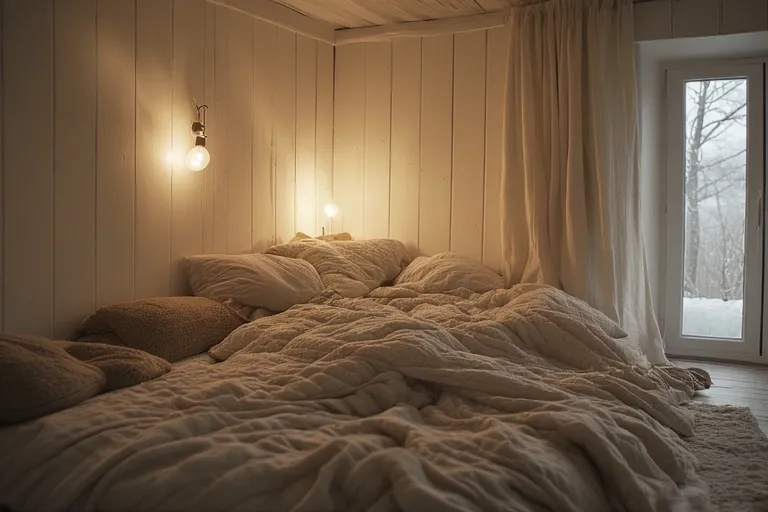
Lighting plays a central role in creating that signature Nordic coziness. Use a mix of lighting sources—pendant lights, wall sconces, and candles—to add warmth and atmosphere. Soft, warm lighting tones can transform a stark white room into a tranquil haven.
Incorporate Nature
Scandinavian homes blur the boundary between indoors and outdoors. Houseplants, dried flowers, and natural materials help bring life to minimalist spaces. A touch of greenery adds freshness while staying true to the design’s organic roots.
Maintain a Calm and Balanced Atmosphere
Balance is key. Combine modern elements with natural materials, simplicity with warmth, and elegance with everyday comfort. Avoid overcrowding or overly ornate pieces. The goal is to design a home that feels peaceful, functional, and effortlessly stylish.
The Influence of Sustainability
Sustainability is deeply intertwined with Scandinavian minimalism. The design philosophy emphasizes quality, longevity, and eco-conscious materials. Many Nordic designers prioritize sustainable manufacturing and natural resources—creating interiors that are not only beautiful but also environmentally responsible. Choosing energy-efficient lighting, recycled materials, and timeless furniture supports this mindful way of living.
Scandinavian Minimal Interiors in Modern Homes
As urban living spaces become smaller and busier, more people are drawn to Scandinavian minimal interiors for their simplicity and sense of calm. The aesthetic’s adaptability allows it to complement modern architecture, urban apartments, and traditional homes alike. With its focus on light, function, and natural beauty, this style provides a refreshing antidote to clutter and chaos.
Today, many contemporary designers are blending Scandinavian principles with other styles—like Japanese minimalism (“Japandi”)—to create even more refined and balanced spaces. This fusion reflects the universal desire for harmony, mindfulness, and connection to nature within modern living environments.
Common Mistakes to Avoid
While adopting this style, it’s easy to overdo minimalism and end up with spaces that feel cold or sterile. To avoid this:
- Keep color palettes soft but warm.
- Use natural light generously.
- Add texture and organic decor to soften clean lines.
- Choose decor that reflects your personality, even in a minimalist setting.
Remember, Scandinavian design is not about strict minimalism—it’s about creating a functional, warm, and inviting environment that supports everyday life.
Conclusion
Scandinavian minimal interiors represent a perfect balance between simplicity and comfort. Rooted in nature and designed with purpose, this style continues to inspire homes across the world. By combining light, functionality, and natural materials, you can create an environment that feels open, calm, and deeply personal. Embrace the Nordic philosophy of living beautifully with less—and discover how simplicity can truly transform your space.
1. What defines Scandinavian minimal interiors?
Clean lines, neutral colors, and functional simplicity define Scandinavian minimal interiors.
2. Which colors are common in Scandinavian design?
White, beige, gray, and soft pastels are the most common colors.
3. How do I make my home look Scandinavian?
Use natural materials, simple furniture, and maximize natural light.
4. Why is Scandinavian design so popular?
It offers a perfect mix of simplicity, comfort, and modern elegance.
5. What materials are used in Scandinavian interiors?
Light woods, wool, linen, cotton, and ceramics are widely used.

One Comment